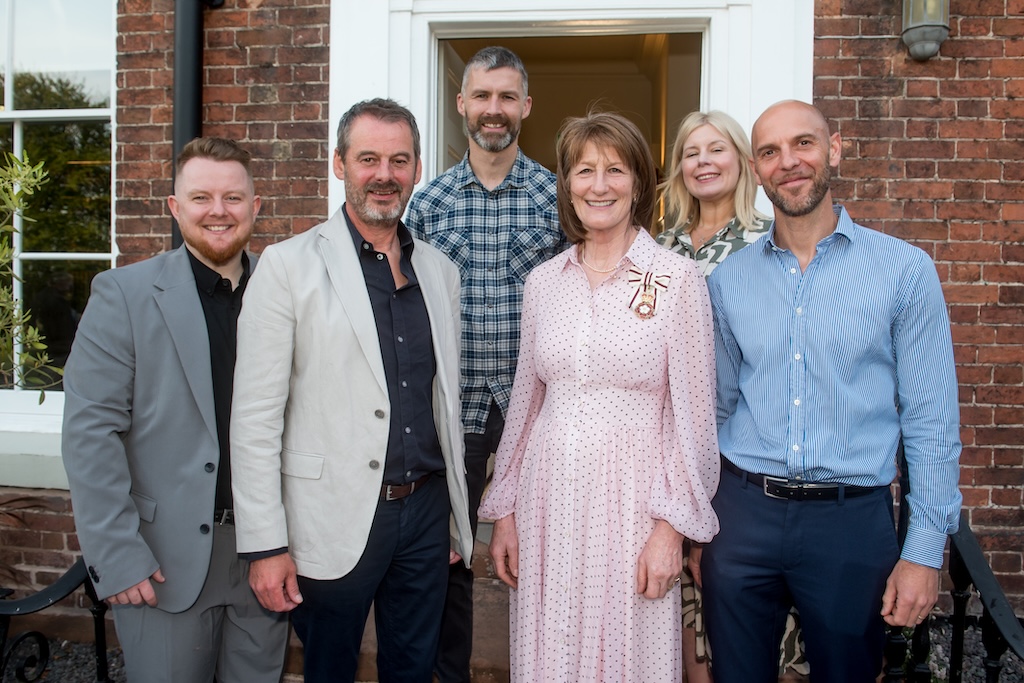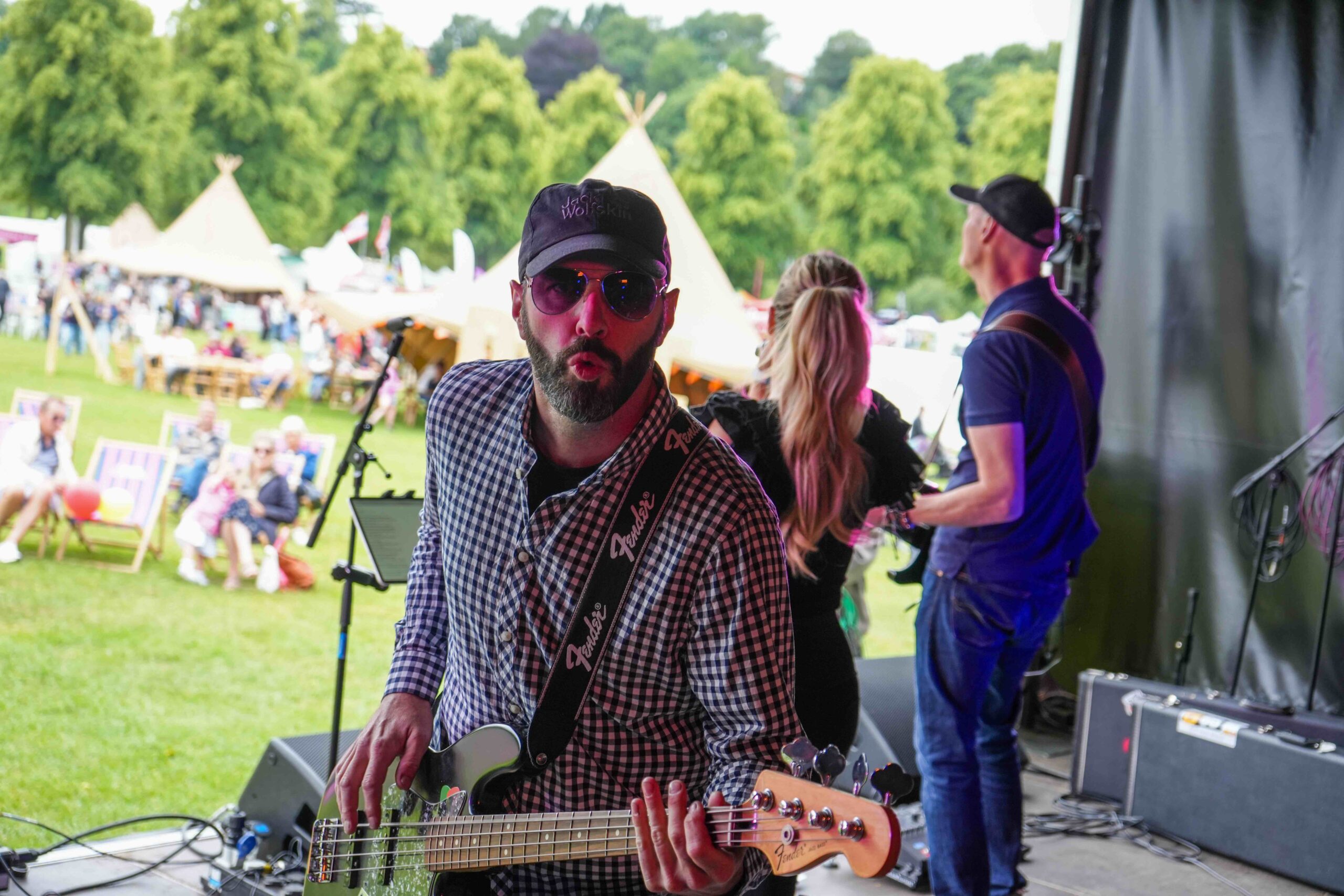…and how it changed the digital world
In 2007 Steve Jobs’ iPhone started a revolution and, 10 years later, 81% of people in the UK own a smartphone. The introduction of 3G networks made browsing the web on your phone possible… but it was a clunky experience, as web content wasn’t designed for a smaller screen.
In 2010, a new approach came on the scene: Responsive Web Design. This meant websites could adapt to display content in a readable fashion on any screen size. Websites that implemented this approach were easy to browse and made purchasing simple from any mobile device or tablet… giving early adopters a massive advantage over competitors.
On 3 April 2017, we reached a tipping point, as for the first time the Android operating system generated more internet traffic than Microsoft Windows. In other words, more people are now browsing the web on their phone than on their desktop or laptop. When you combine Android and iPhone usage, mobile traffic accounts for 51% of all internet traffic. To find out if your website is able to serve the majority, enter your web address at www.mobilefriendly.me.uk. Even if your site has been made ‘mobile-friendly’ in the past, techniques used might not be up-to-date now. Technology is going through constant evolution and what powers your website today will be redundant tomorrow.
Generally, businesses have two options:
Budget to rebuild your website every couple of years, or…
Have your website maintained by an expert who will continually work on the underlying code to ensure it can cope with what the future will throw at it.
Scott Bowler is a digital marketer and developer with over 12 years’ commercial experience. He works in conjunction with What’s What! to deliver digital solutions to businesses across Shropshire.






